- Green versionCheck
- Green versionCheck
- Green versionCheck
- Green versionCheck
EterneCluster-DN is responsible for managing the respective application systems running on the two hosts. When the host or the software on the host fails, manual intervention is not required. The other host in the dual-machine cluster can automatically detect the failed host through the heartbeat line, accurately and Quickly transfer the application system of the original host to another host to continue running, achieving uninterrupted operation of the entire system, thereby ensuring the normal external services of the entire system, and providing a powerful solution for the enterprise's 24 hours × 365 days of key business applications. Assure.
EterneCluster-DN has the following characteristics:
(1) Application high availability:
Providing high-availability solutions is the core function of EterneCluster. This solution provides dual-machine hot standby systems and multi-machine high-availability solutions.
(2) Self-healing ability:
In each server of the cluster system, EterneCluster has two core processes. They monitor each other (such as: system downtime, EterneCluster process being killed, whether the network or SCSI cable is disconnected). If one of the processes fails, the other process will A process will resume immediately.
(3) Support multiple heartbeat paths:
It supports multiple heartbeat methods such as network card (private network/public network) and disk heartbeat, and provides multiple guaranteed heartbeat detection paths. Configuring multiple heartbeat paths can avoid single points of failure in the system and further improve the reliability of the system.
(4) Locking of shared disks:
Software manages data on shared disks to prevent multiple servers from accessing data at the same time. EterneCluster controls access to data at the logical device level (volume), so administrators do not have to worry about data access conflicts that may arise when other servers in the cluster access data. EterneCluster automatically sets up SCSI-2/SCSI-3 persistent reservations on disk volumes defined as shared resources by the application. When protected applications are moved/converted from one server to another, EterneCluster controls these locks to ensure that the active server has access to the shared volumes.
In the event of a primary system failure, the secondary node system will be able to establish SCSI locks on the disks and put resources into use on the backup system.
(5) Local failure recovery:
Perform testing at the application's testing interval to see if the resource itself has failed. If both the quick check and the in-depth check fail partially, the system will try to partially recover the resource according to the policy set by the user. If the attempt is successful, the resource will not fail over to the next priority node. If the partial recovery attempt fails, the system will fail over to the next priority node.
(6) Failed transfer of local network card:
On the main server, you can add another NIC as the backup NIC of the main server. When the primary NIC fails, EterneCluster will let the switchable IP address be taken over by the local backup NIC. Local resources do not need to be switched, effectively reducing the switching time.
(7) Supports 2 cluster working modes:
Supports traditional single-active (Active/Passive) and dual-active (Active/Active).
(8) Support automatic migration back:
When the preferred node fails and returns to normal, if automatic migration is allowed, the backup node switches the resource group back to the preferred node within the specified recovery time window; when automatic migration is disabled, the resource group will remain on the backup node. Administrators can manually switch at the appropriate time.
(9) Support Wuwei ARP:
When the floating IP is switched to another network card to be mounted, Cluster will actively broadcast ARP to notify the client that the MAC address of the IP has changed, allowing the client to actively update the mapping relationship, so that the client will connect to the relevant services to avoid The client is unable to access due to floating IP switching.
(10) Support quick switching:
For resources that do not need to be switched, such as middle-tier programs, IIS services and other applications, Cluster provides local monitoring and local recovery functions (such as restarting resources and restarting servers), because these resources themselves do not need to be switched, as long as the host and backup machines are started at the same time. , this can save switching time, and fast switching realizes the application information service system never stops.
(11) Intuitive GUI user interface:
Provide an intuitive GUI user interface, users can interactively configure, monitor and remotely manage different cluster systems, display the status of the host system and services in real time, greatly reducing system losses caused by user errors. At the same time, the wizard-based setting interface simplifies system installation and configuration work.

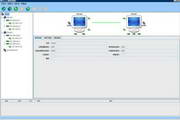







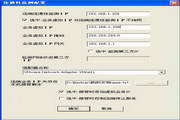

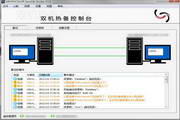
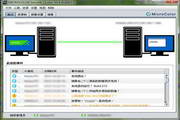

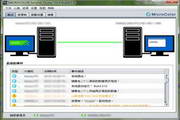
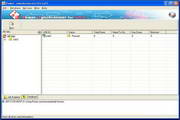



























it works
it works
it works